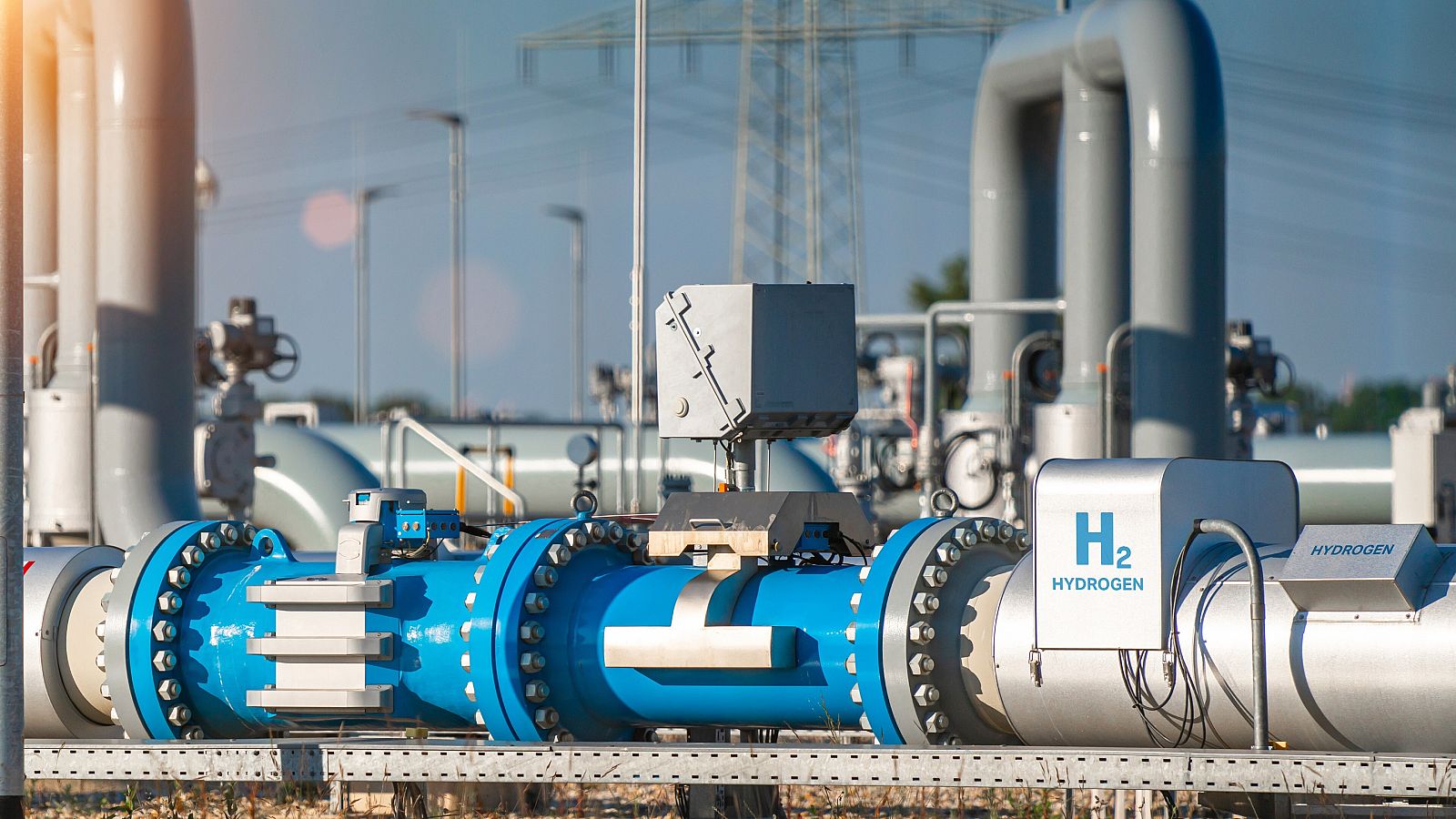He green hydrogen continues to postulate itself as the main energy vector to gain power decarbonization of the planet and meeting the commitments made in the fight against climate change. And specifically, Spain leads Europe in the use of green hydrogenonly behind Germany, according to some conclusions H2 Green Forum celebrated at the end of the year. Our country has quadrupled its 2023 production target green hydrogen, 15.5GW, for use in industrial and mobility applications. One challenge is the improvement of production and consumption equipment green hydrogen with regard to efficiency, optimization of operation and reduction of production costs, as well as associated energy consumption. Many experts agree on the same thing: the green hydrogen It is the energy vector of the future Spain It has all the tools to lead the market.
Because of the major role that green hydrogen will have an impact on our economy in the coming years Energy Technological Institute (ITE) works on numerous projects in which this energy source plays the leading role. At the same time, it collaborates on proposals and programs for sizing facilities and feasibility analyzes of the technology that has positioned them as a reference in this field.
Thanks to his research, the ITE has managed to position itself as a national reference in the research and evolution of initiatives that have done so green hydrogen as an energy vector. This is what the Energy Technological Institute There is a pilot plant green hydrogen to provide companies with an innovative technological ecosystem where equipment and components are tested, and to develop R&D&I projects in hydrogen technologies and energy storage, which can be released as and when required.


The laboratory targets both equipment manufacturers who require a test and validation environment for commercial or experimental solutions, as well as integrators of hydrogen-based solutions. The purpose of this laboratory is to promote the energy transition by promoting knowledge of systems related to it green hydrogen. Furthermore, they improve advanced behavioral models of electrolysis and fuel cell systems, ranging from the electrochemical level to their integration into energy systems.
Spain is a leader in Europe when it comes to the use of green hydrogen
Among the programs launched by ITE highlights ‘Road4Hydrogen’ – co-financed by IVACE and the European Regional Development Fund (ERDF) with dossier IMDEEA/2022/36 – with an emphasis on continuing to research and promote green hydrogen.
This plan aims to encourage a virtual environment of the industry value chain green hydrogen by integrating energy models of electrolysis equipment (PEM/Alkaline) and fuel cells (PEM) into a software platform that allows the digitalization of their energy. Building on this data analysis environment, we also try to digitize a real value chain situation green hydrogenwhich allows monitoring and control of energy generation and consumption equipment. green hydrogen of a common platform.
Another project is SIGEN2H2 (within the call for assistance to innovative business groups with file AEI-010500-2021b-209). This program has implemented a disruptive and promising technology that, although in the research phase, is presented as a very interesting option to increase efficiency and reduce the production price of green hydrogen which is the biggest disadvantage.
Optimize the operation of the green hydrogen pilot plant based on renewable energy sources
The ‘HysTeC’ program is also being implemented, with the aim of ensuring the operation of the pilot plant green hydrogen from renewable energy sources and improving energy storage in batteries. To this end, a test bench for the characterization of cells and electrolysis stacks has been updated, increasing its capacity while simultaneously conducting a sensitivity analysis of the most critical variables in the renewable hydrogen production process. In addition, sustainable electrodes will be developed, through the formulation of catalytic inks developed from agroforestry biomass materials, for their application as electrodes for proton exchange fuel cells. All this with the aim of promoting more efficient, economical and sustainable components.
In addition, work is currently also underway on the ELEKTRA project (in the context of the request for assistance from the Valencian Innovation Agency, co-financed by AVI and the European Union through the Operational Program of the European Regional Development Fund (ERDF) of the Community Valencian 2014- 2020 and with file INNEST-2021-65) which aims to evaluate and study the performance of using hydrogen fuel cells generated in an electrochemical process to remove nitrates from water of a treatment plant.
The growth of all these projects is possible thanks to the fact that the ITE It has extensive experience and key capabilities (laboratories, pilot plants, etc.) covering the entire value chain of this sustainable energy vector. All this has positioned the Institute as a leading organization nationally in research into the green hydrogen.

